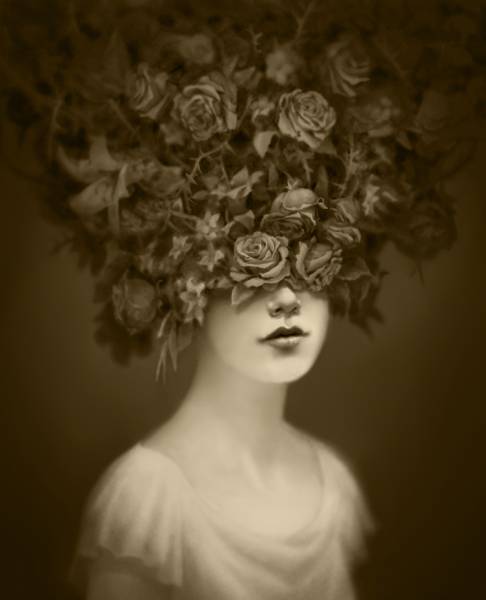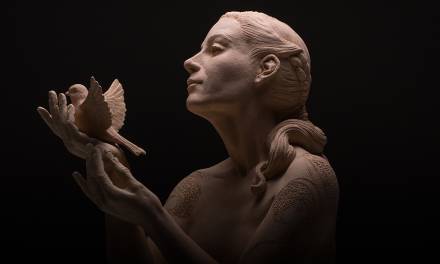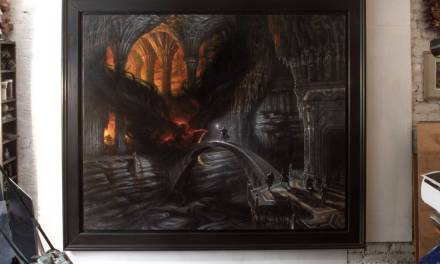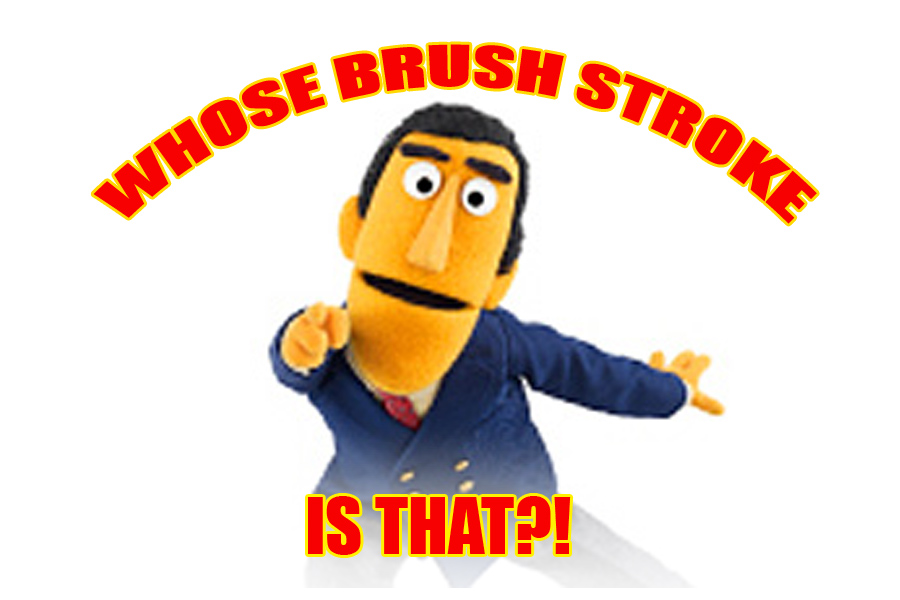There was a time in all our lives when we didn’t want to do something outside of our comfort zone, or it didn’t pique our interest, etc. Sometimes our predictions are correct, and we hate the entire process and don’t learn anything from the experience. Other times, though, we grow in unexpected ways. Maybe we found enjoyment more than we initially thought we would.
This was the case for me when I was in college. At my school, all illustration student majors were required to take a typography class. I understood the basics of “why” it was required, but most of us thought it would be tedious or unrelatable. I didn’t have any expectations going in, but I ended up completely falling in love with it. I loved analyzing typefaces, adjusting the kerning, size, etc. making minuscule changes in hopes that it would create a more beautiful and complete whole.
In this class, we watched a film about Vogue and all its inner workings. We learned about Grace Coddington, former creative director of the magazine, who has such a strong visual identity and artistic voice. I can’t remember if she said this quote in the actual documentary or elsewhere, but I heard this quote and it has always stuck with me:
“Always keep your eyes open. Keep watching. Because whatever you see can inspire you.”
Why is it important to keep our eyes open? We all now know that art is derivative in nature, and nothing is truly original. We creatively combine our inspirations, experiences, etc., to invent something newer, bolder, or more unique, but it all comes from somewhere. We are all products of our time, influenced by our environments, our relationships, our goals. You can consider your artwork and your creative ideas to be a combination of your influences.
Because this is the case, the more to which you expose yourself, the better chances of creating something unique. This could be anything, but today I’d like to talk about this in regards to the visual arts, or the arts in general.
If we keep our heads down too much, only ever exposing ourselves to very specific art niches, your work may develop a one-note flavor over time. There isn’t anything wrong with this if that’s your intent, but I think life gets more exciting when we keep discovering new inspirations and incorporating them into our work, intentionally or not. This is how we grow, not only as artists but as humans.
On a similar note, it’s important to remember that your brain didn’t evolve to make you happy. Happiness is not its purpose. Its only goal is to keep you alive as long as possible, to survive. Anything that pushes against that very small comfort zone will automatically be suspected as dangerous. The brain is prone to interpret change as dangerous because all it knows is that, up until now, whatever you’re doing is working and is keeping you alive, so changing that path is not desirable. Even when you know changing certain habits, especially health-related habits, would only benefit your life, your brain puts up a fight and wants to take the easiest route possible. This is why changing habits is so difficult, especially old, ingrained habits.
I think we have the tendency of curating our feeds (both online and real life feeds) for this reason. Whatever is familiar is also comfortable. Again, it isn’t bad in and of itself, but if you’re looking to gain new influences and find excitement in art again, looking outside our visual bubble becomes an adventure.
“The Gardener” – One of my first personal “breakthrough” illustrations I made when I was in college. The assignment was to paint something inspired by a song. I chose a song by the same name, The Gardener by The Tallest Man on Earth.
In my case, not only do I get excited and inspired by graphic design and typography, but I also get a lot of inspiration from makeup and makeup artists, movies, interior design, music, and even modern art. You can be inspired by anything that makes you excited and want to learn more about, whether it’s an art form, nature, sports, any hobby really.
When I was in college and taking my typography class, I found there were a lot of similarities with graphic design principles and illustration. The idea of incorporating white space in your design is similar to allowing breathing room in your illustration. There are the principles of harmony, color, balance, contrast, the list goes on and on. I found these correlations fascinating and informative to my own art.
Branching outside of your own industry and being receptive to learning from new visual art fields leads to new discoveries and helps inform your personal work, regardless of the specific field.
Be intentional about not curating your feed too much. I want to clarify this point: I DON’T mean you need to keep yourself exposed to negativity, toxicity, or people that make you feel bad. Mental health is incredibly important, and too often, especially online, your emotional and mental well-being is bombarded with negativity. I’m also not referring to staying ignorant of important political and world issues, or practicing apathy. I’m specifically referring to people or media that have a draining effect, for no other purpose than to constantly make us feel bad. No one should feel they have to expose themselves to this danger. Your feed is yours alone and you are entitled to do what you want or need to with it to maintain your mental health.
More specifically, I’m referring to getting outside your own small industry and following people, groups, etc. outside your own bubble. You could follow artists online, you can subscribe to content, digital or physical, you can physically surround yourself with people you wouldn’t normally meet by changing your environment. Not only does this expand your worldview and provide outside inspiration, but it can also give you more perspective on our similarities and the experiences and thoughts we all share. It brings people together, rather than having an “us versus them” attitude.
…
As you move through life, keep your eyes open. Be curious, be hungry, be excited. Open yourself to new experiences and to the things that bring you delight and joy in unexpected places. Use fear as a means to guide you, and translate the fear and anxiety associated with change into excitement and curiosity.
Whatever you see can inspire you!










Great article, thank you.
Love this, Miranda! Your story about typography class is so inspiring—reminds me to stay open to new experiences and let unexpected inspirations shape my art!
Such a great read! Love how you turned a tedious class into inspiration. Totally agree—staying open to new experiences fuels creativity!